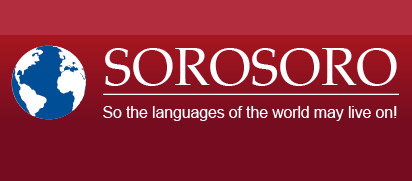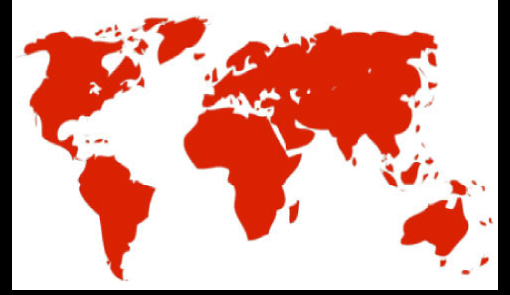Print  |
|


October 3, 2011: France to return all Māori heads to New Zealand in January 2012
The news came across from Stéphane Martin, the president of the Musée du quai Branly in Paris: all the Māori warrior heads – also known as Toi Moko – that remain in various French museums will be returned with a formal ceremony held at quai Branly at the end of the Māori exhibition, end of January.
The warrior heads used to be considered as trophies or curiosities, and they’d been objects of trade and even manhunts when the colonization of Oceania began in the 18th century. Banned in 1831 by the British government in New Zealand and Australia, the trade continued illegally for years on end.
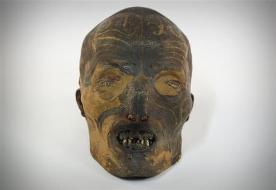
Restitution of all the Toi Moko stored in French museums was agreed in Parliament in May 2010. But France isn’t the first country to make that decision: several countries, including Switzerland, Great Britain, Denmark, the Netherlands, and Germany had already agreed to New Zealand’s request of having the remains returned.
Still, last May, the city of Rouen was the first in France to solemnly return a mummified and tattooed Māori warrior head that had been offered to the local museum at the end of the 19th century.
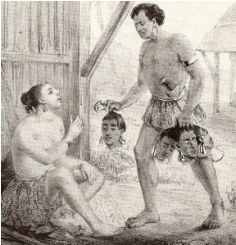
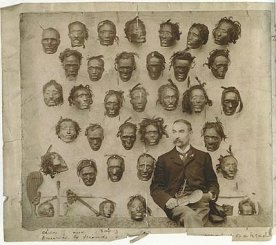
There should remain about twenty on the French territory at this point, including 7 at the Musée du quai Branly. They will soon be returned to the Museum of Te Papa, Wellington, where research will be carried out to determine which tribe the warriors belonged to.
As for what is to become of the Toi Moko, discussion remains: some among the Māori wish to buy them in their home tribe, while others advocate to have them secured from destruction in the name of memory and a better knowledge of their culture.
Article in Libération (in French)
Articles and videos, May 2011:
The Guardian, BBC, Libération (in French)
Interview of French senator Catherine Morin-Desailly (in French)
Article on the Māori exhibition held at Musée du quai Branly
